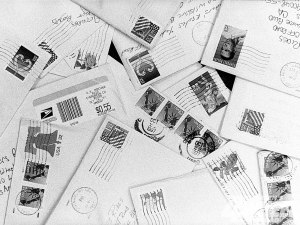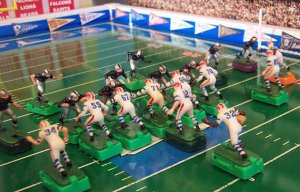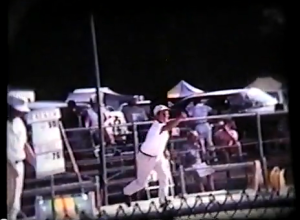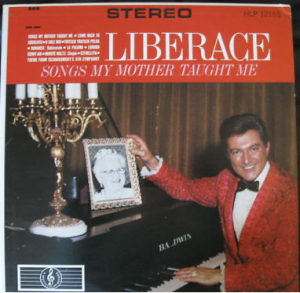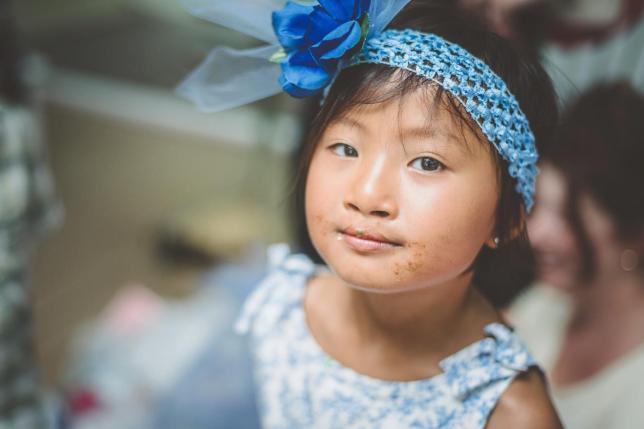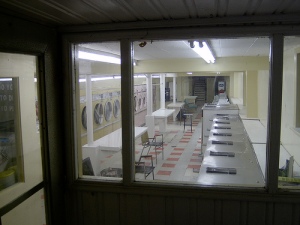 Something wasn’t right about Willie. Even as a five year old sitting around the kitchen table playing Parcheesi with my grandmother, I would feel a rush of trepidation when he’d creep past us into the living room. He had thinning brown hair that waved weakly in different directions and stubbled cheeks that perpetually sagged. He had one eye twice the size of the other, and they both looked in different directions. He never seemed to ever look at you and yet always seemed to be looking at you. During the decade he was in my life, he spoke maybe 500 words; I never understood a single one of them.
Something wasn’t right about Willie. Even as a five year old sitting around the kitchen table playing Parcheesi with my grandmother, I would feel a rush of trepidation when he’d creep past us into the living room. He had thinning brown hair that waved weakly in different directions and stubbled cheeks that perpetually sagged. He had one eye twice the size of the other, and they both looked in different directions. He never seemed to ever look at you and yet always seemed to be looking at you. During the decade he was in my life, he spoke maybe 500 words; I never understood a single one of them.
My grandmother’s rickety two-story house peeked out from behind a gas station in front of the railroad tracks. The Central Jersey Rail Road would rumble past every other hour. The house would groan and shake. Parcheesi pieces would skitter across the board.
Willie was my grandmother’s younger brother, we understood, and he lived in that rickety house with her. Everyone but my grandmother treated him like a weed that had sprouted in the family garden. The reasons for this were abundant. As a child, Willie would tattle on his slightly younger nephews and nieces, getting them in trouble for the slightest infractions. He was mean and mean-spirited. Yet, my grandmother and great-grandmother always took his side in disputes. They protected him. And, that only hardened the hatred the neighborhood kids felt toward him. Decades after Willie died, I showed a picture of him to my aunt. She took a long slow drag of her Marlboro, flipped the photo upside down on the kitchen table, and grunted, “Asshole.”
I can remember sitting uncomfortably alone on my grandmother’s lumpy sofa listening as he bellowed at her from an upstairs bedroom, seemingly a half step away from slapping her. As a child, I never understood their relationship, why she tolerated him, or why he wandered about the house perpetually confused and constantly angry. Perhaps my worst childhood memory is of Willie crabbing at my grandmother to fix him dinner as she lay in bed ravaged by the cancer that would eventually suck the life out of her.
The first wake I ever attended was my grandmother’s. I was 10, and stood an extra foot away from the casket beside my older brother. I kept staring, waiting for the body to move. I hold a vague memory of Willie seated in a plastic chair in a dark corner of the funeral home as family and neighbors milled about. But I cannot say if he was present, an apparition, or the imaginings of a child. When the gravediggers at Holy Redeemer Cemetery buried my grandmother the following day, they might as well have dug a second hole for Willie. He didn’t last much longer.
My final memory of Willie plays out in slow motion. My Dad’s driving the maroon ’67 Dodge Dart past the factory where Willie worked. I’m sitting uncomfortably on the seat belt — because that’s what you did in the 1970s — staring out the window. Willie’s standing in the parking lot, looking everywhere and nowhere, as the cars speed past. He’s dressed in brown corduroy pants and his white undershirt flaps in the breeze like a flag waving surrender. By then he was coughing up blood.
Not until my mid-30s, did I think about Willie again and begin to understand his relationship with the family. And that he was developmentally disabled. Back in the 70s he would have been labeled “slow,” which I no doubt heard as a child and misunderstood. I’m sure I heard “retarded,” but that was back when people in wheelchairs were “cripples,” and we rode bicycles without helmets and watched violent cartoons. And sat on our seat belts.
I sometimes think of Willie when I’m driving past a seedy all-night laundromat and spot a lone, dark figure staring at a washing machine. Or during those rare instances when we’re traveling late at night, pull into a diner, and there’s a man seated at the counter slurping soup. Dead, unattached souls who float behind the scenes when alive, and are buried in unmarked graves in cemeteries with names like Holy Redeemer.
Lying beside the only soul who ever cared about him.
